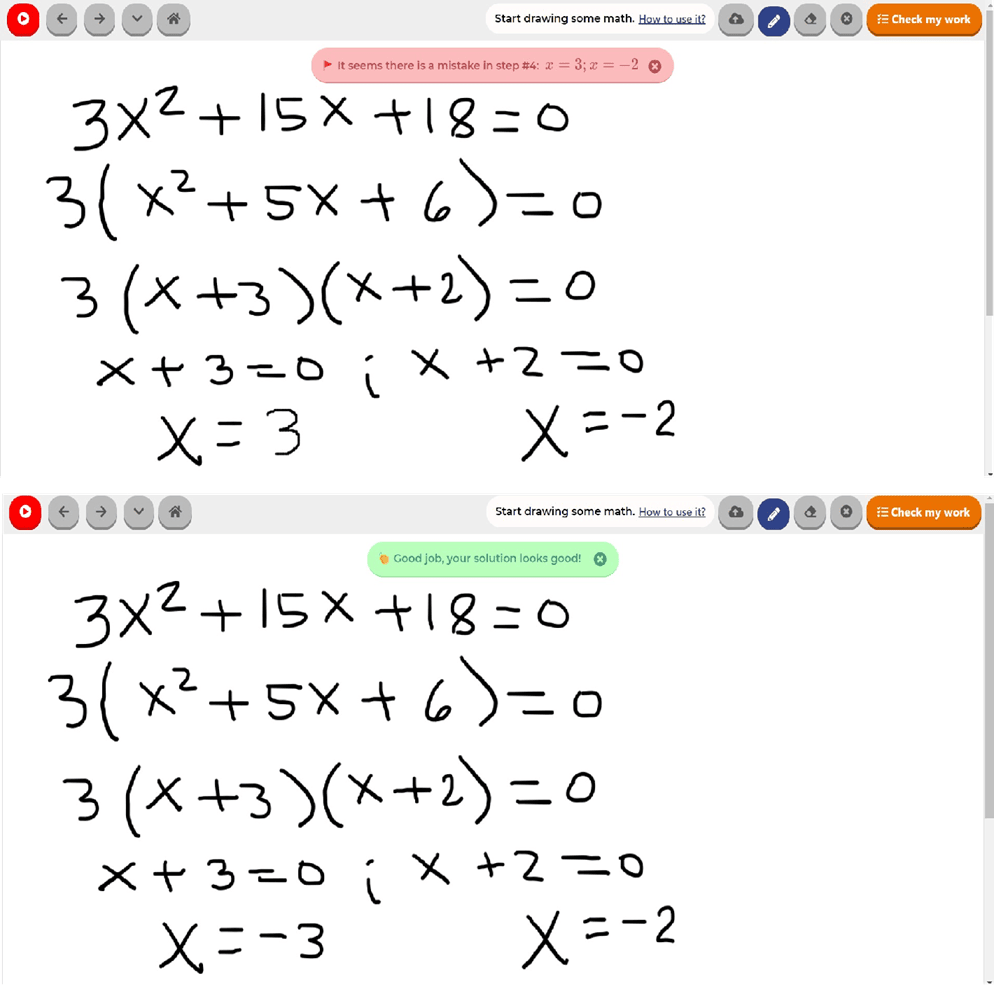Final answer to the problem
Step-by-step Solution
How should I solve this problem?
- Choose an option
- Write in simplest form
- Solve by quadratic formula (general formula)
- Find the derivative using the definition
- Simplify
- Find the integral
- Find the derivative
- Factor
- Factor by completing the square
- Find the roots
- Load more...
We can factor the polynomial $x^5-1$ using the rational root theorem, which guarantees that for a polynomial of the form $a_nx^n+a_{n-1}x^{n-1}+\dots+a_0$ there is a rational root of the form $\pm\frac{p}{q}$, where $p$ belongs to the divisors of the constant term $a_0$, and $q$ belongs to the divisors of the leading coefficient $a_n$. List all divisors $p$ of the constant term $a_0$, which equals $-1$
Learn how to solve polynomial long division problems step by step online.
$1$
Learn how to solve polynomial long division problems step by step online. Simplify the expression (x^5-1)/(x-1). We can factor the polynomial x^5-1 using the rational root theorem, which guarantees that for a polynomial of the form a_nx^n+a_{n-1}x^{n-1}+\dots+a_0 there is a rational root of the form \pm\frac{p}{q}, where p belongs to the divisors of the constant term a_0, and q belongs to the divisors of the leading coefficient a_n. List all divisors p of the constant term a_0, which equals -1. Next, list all divisors of the leading coefficient a_n, which equals 1. The possible roots \pm\frac{p}{q} of the polynomial x^5-1 will then be. Trying all possible roots, we found that 1 is a root of the polynomial. When we evaluate it in the polynomial, it gives us 0 as a result.
